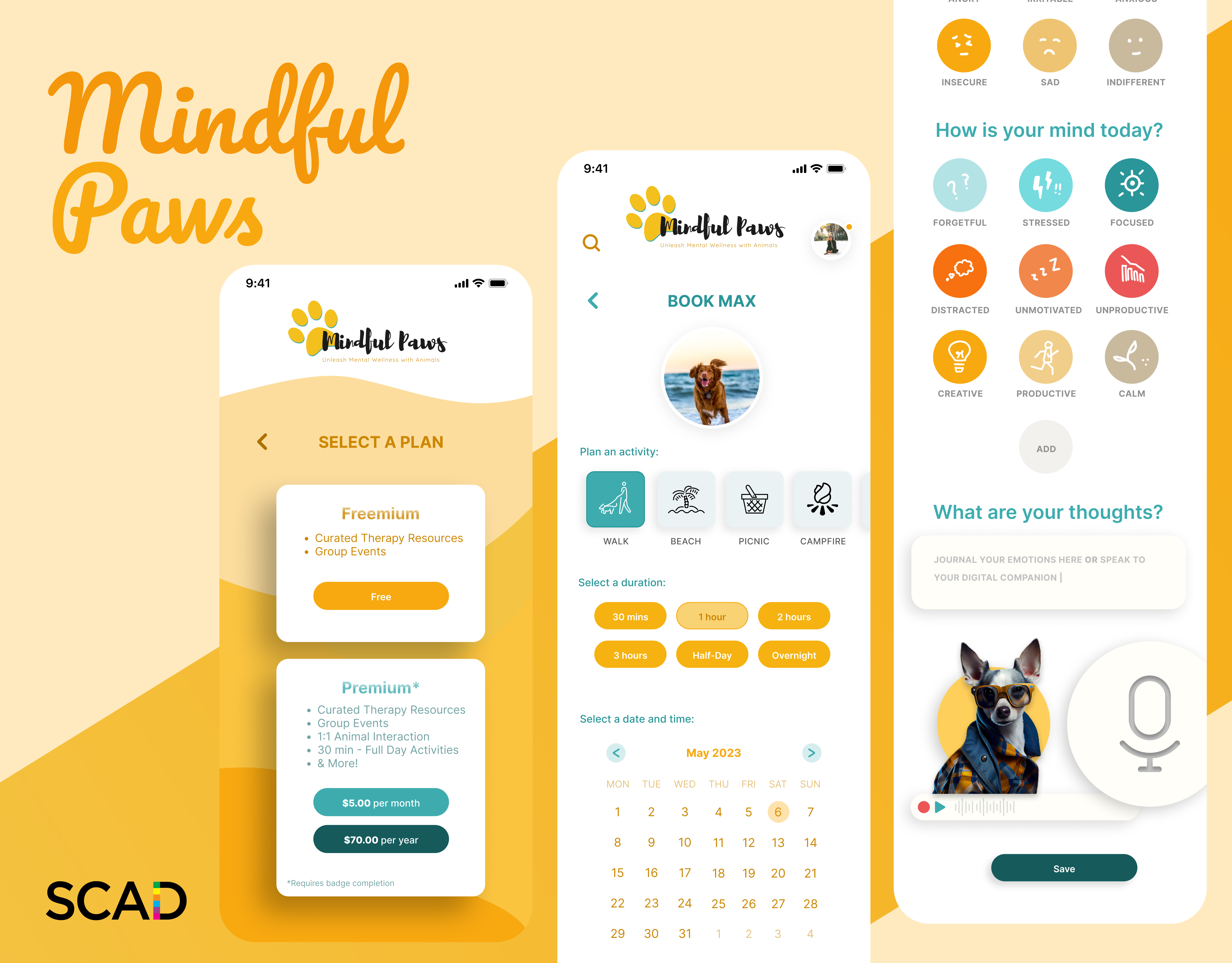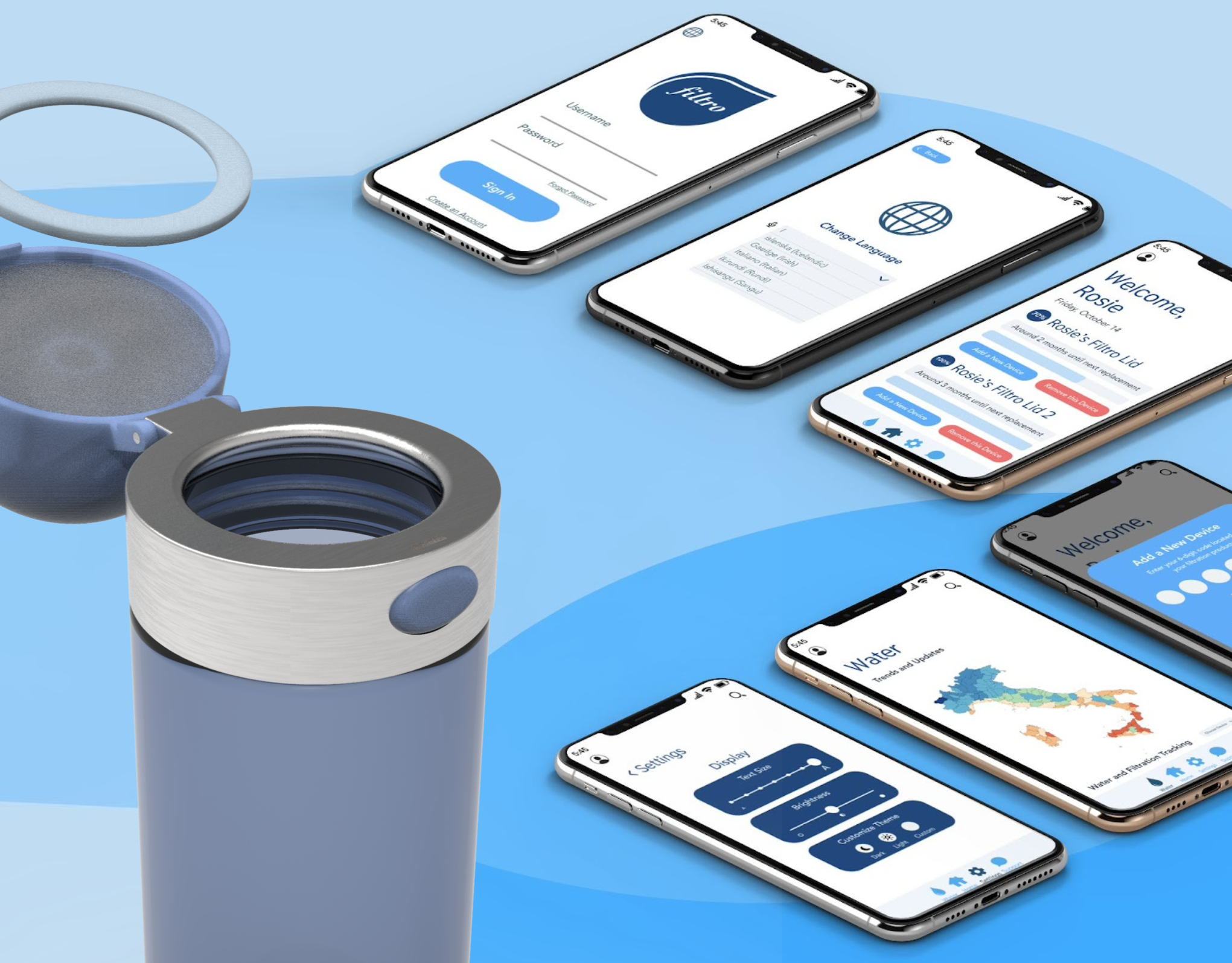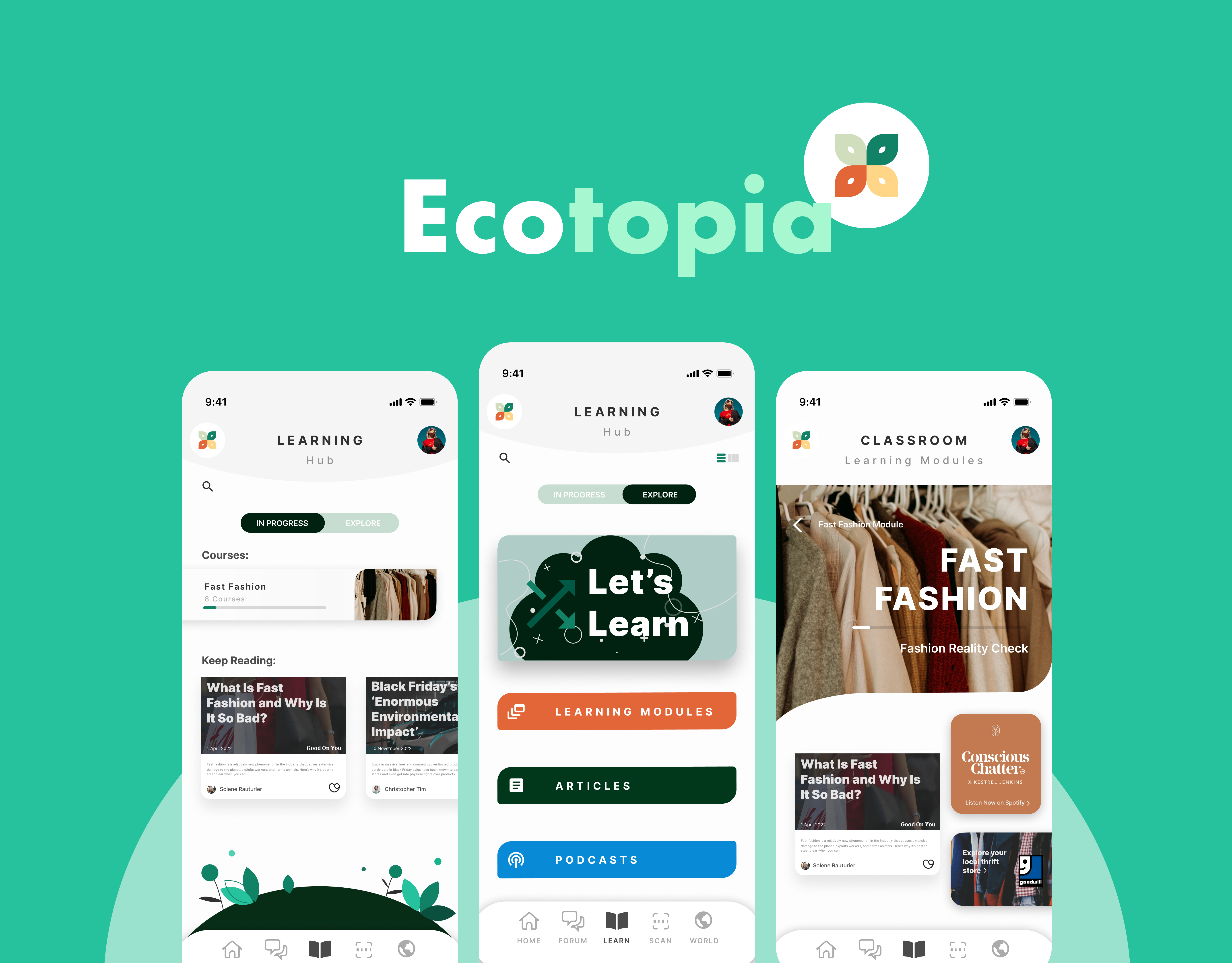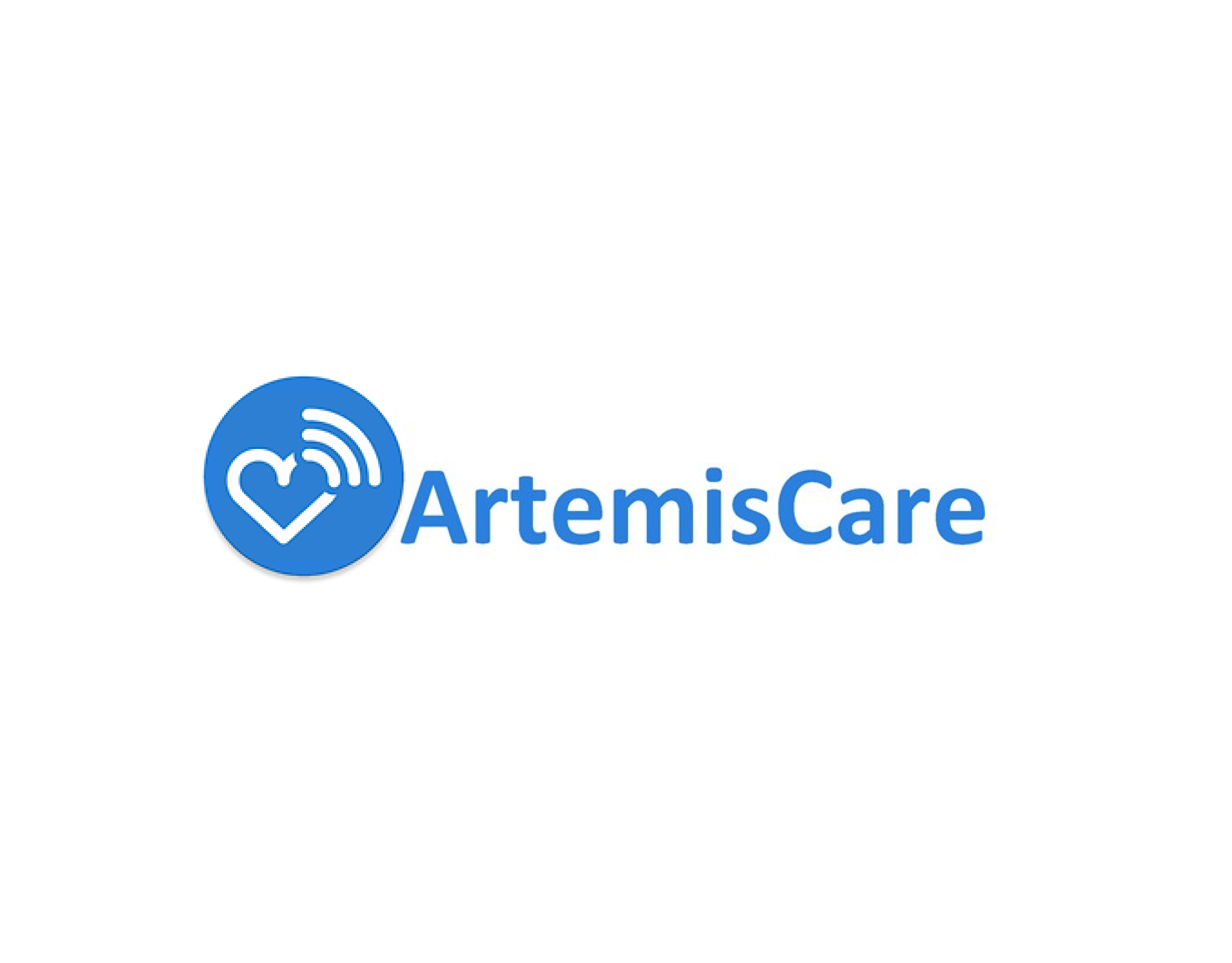OVERVIEW
Product
A framework for an improved modern-day grocery store shopping experience that outlines tactical and strategic opportunities, driven by design research and presented in a magazine format.
This aims to help grocery stores by translating findings into clear, actionable guidelines that teams will immediately know how to use to provide betters experiences for shoppers.
This aims to help grocery stores by translating findings into clear, actionable guidelines that teams will immediately know how to use to provide betters experiences for shoppers.
Duration
10 weeks
Responsibilities
Generative Research
Quant./Qual. Research
Ethnography
Journey Mapping
Interviews/Surveys
Affinity Mapping
Insight Translation
Content Design
Visual Design
Quant./Qual. Research
Ethnography
Journey Mapping
Interviews/Surveys
Affinity Mapping
Insight Translation
Content Design
Visual Design
My Role(s)
Project Manager
UX Researcher
Graphic Designer
Visual Designer
Team
Maura Goins (Creative Business Leadership)
Suwan Mak-Mancuso (DMGT)
Kanika Sharma (Motion Media)
PROBLEM
Many Americans hate grocery shopping and consider it a chore.
Grocery landscapes and shopping experiences are constantly evolving, but in recent years have noticed increasingly diverse, environmentally conscious, and convenience-oriented consumers entering the market.
With many stores lacking inclusive store design and awareness of shopper behavior, there are opportunities to shift from simple aisles filled with products to more immersive experience zones that add interest and cater to each aspect of a consumer's shopping journey.
With many stores lacking inclusive store design and awareness of shopper behavior, there are opportunities to shift from simple aisles filled with products to more immersive experience zones that add interest and cater to each aspect of a consumer's shopping journey.
How might we create a more accessible, dynamic, and customer-centric grocery shopping experience for the modern-day consumer?
Kicking off with a research plan + Gantt chart:

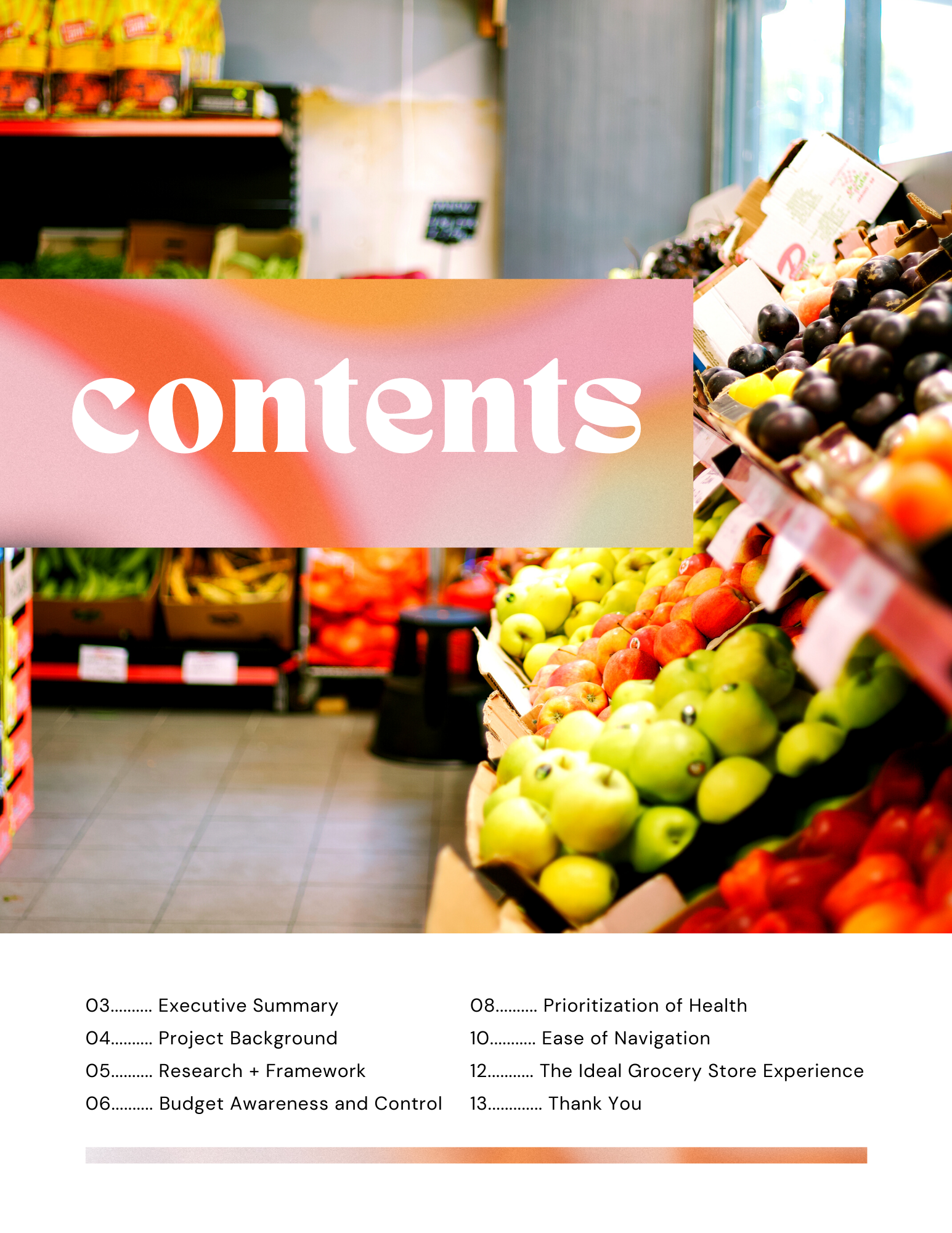
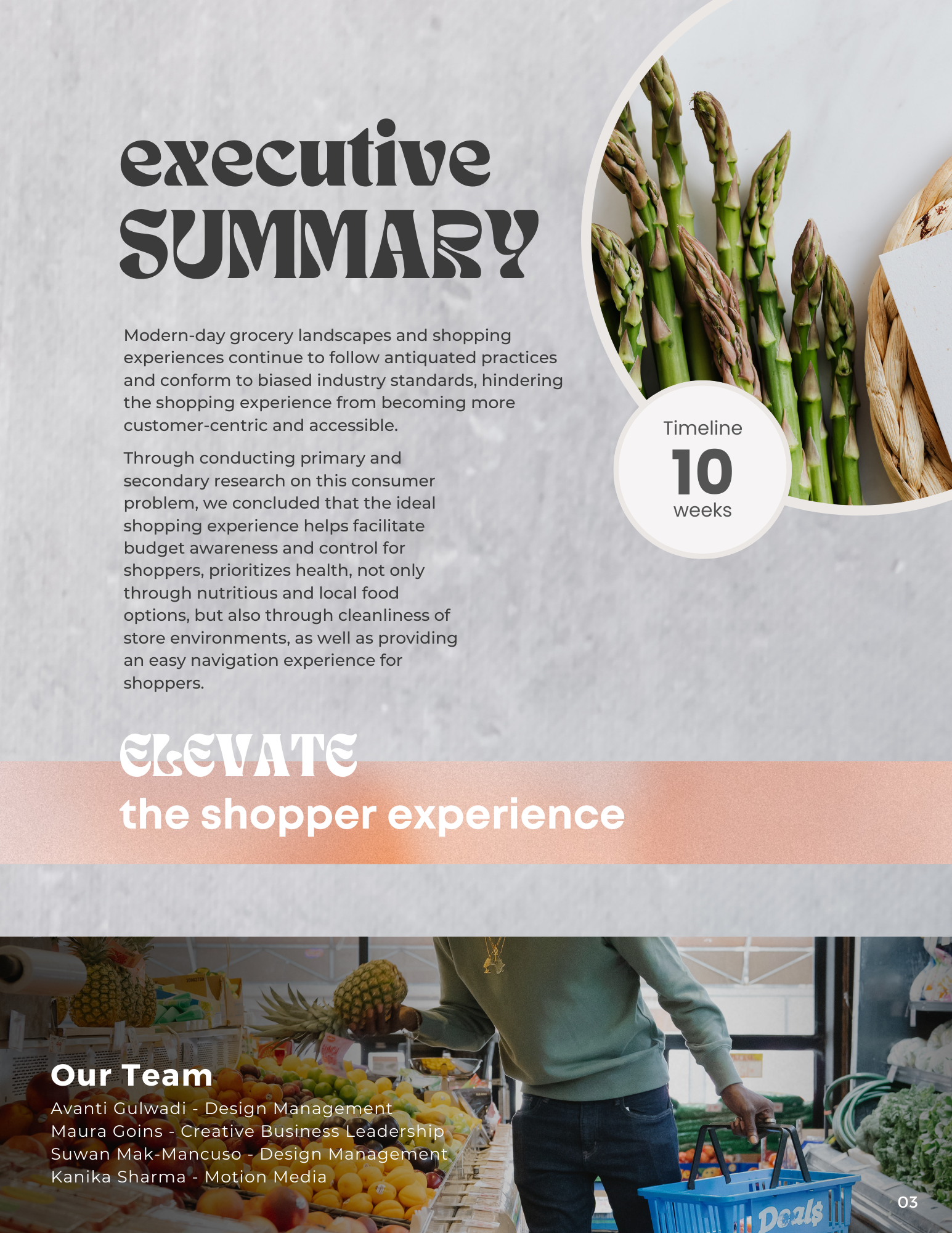
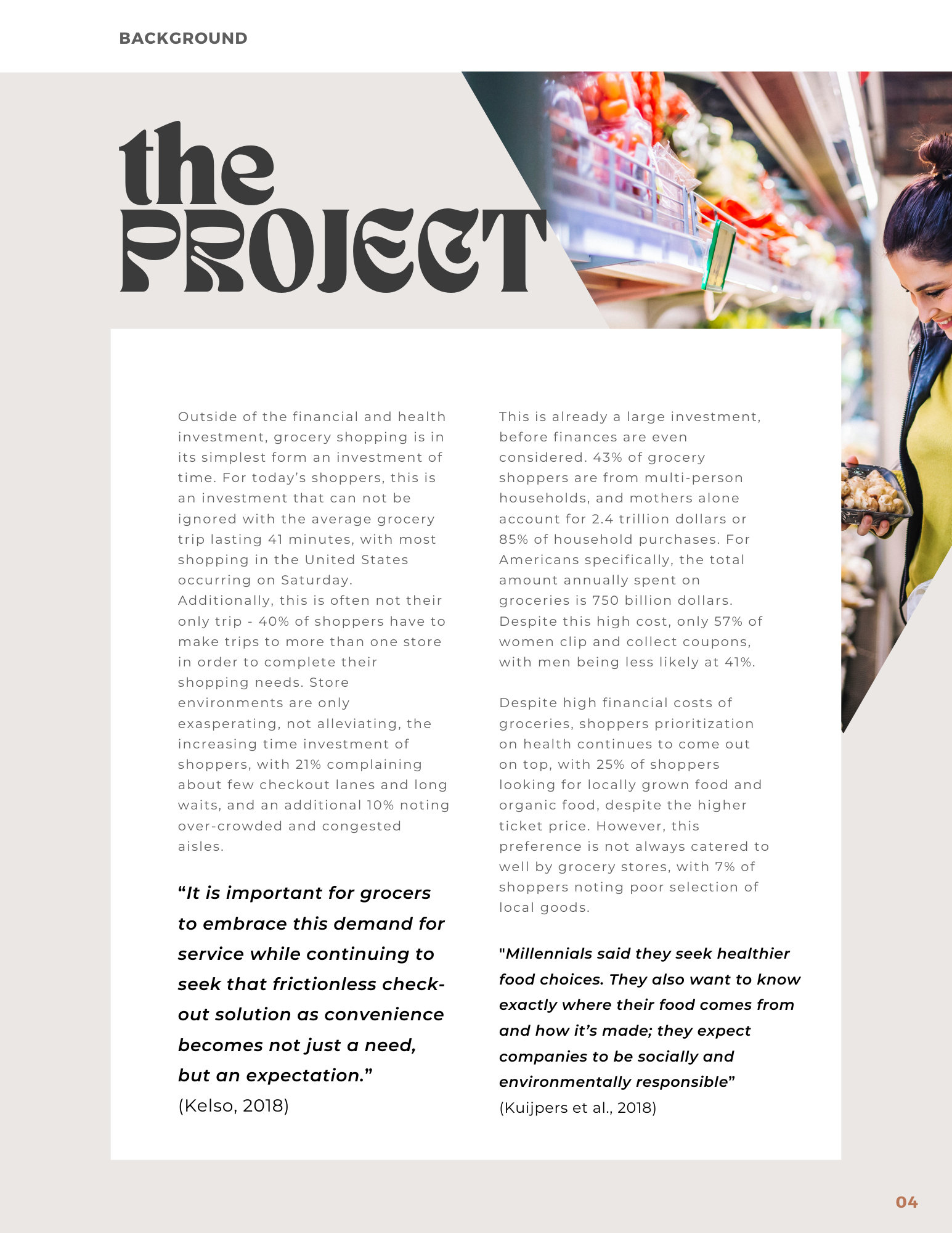
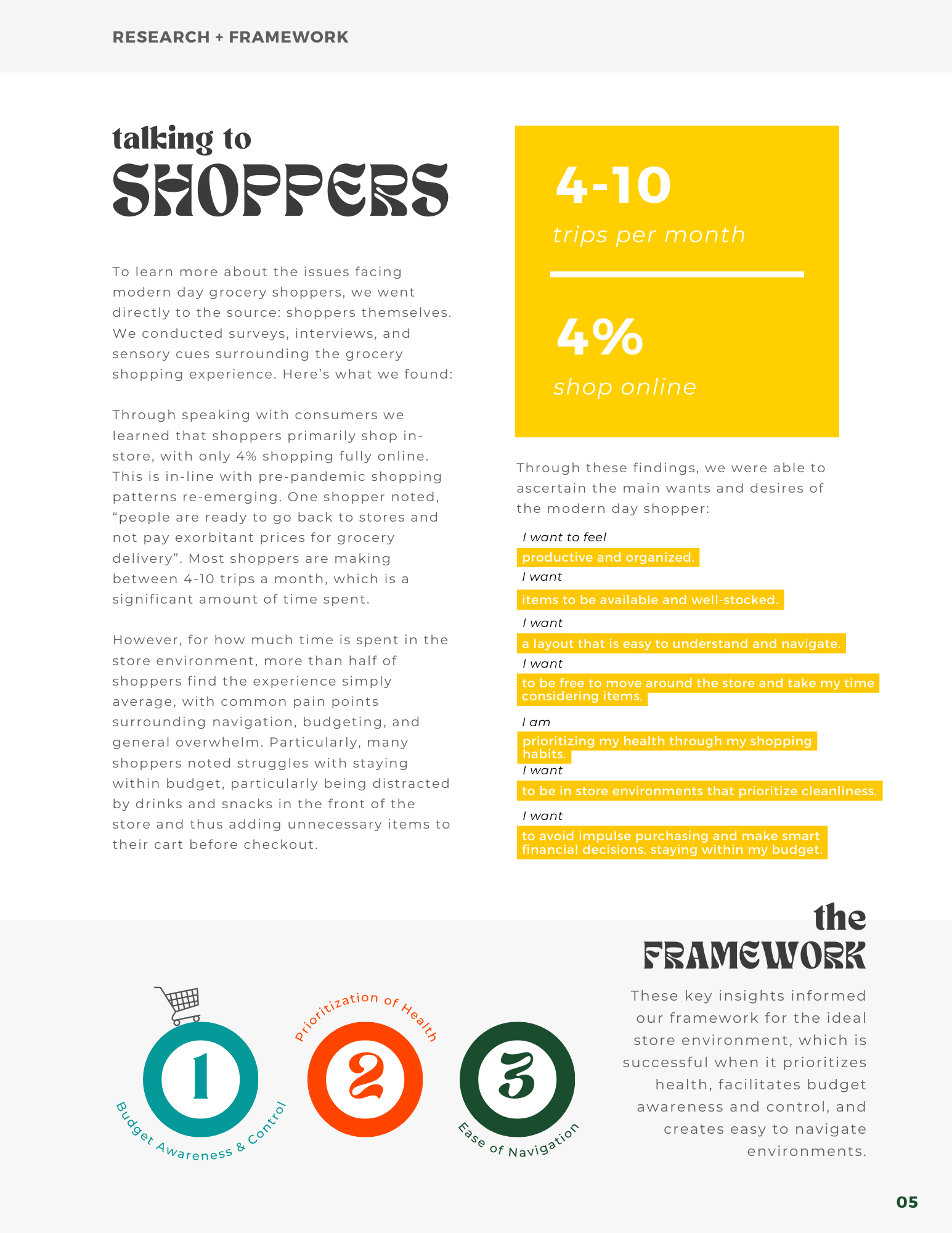
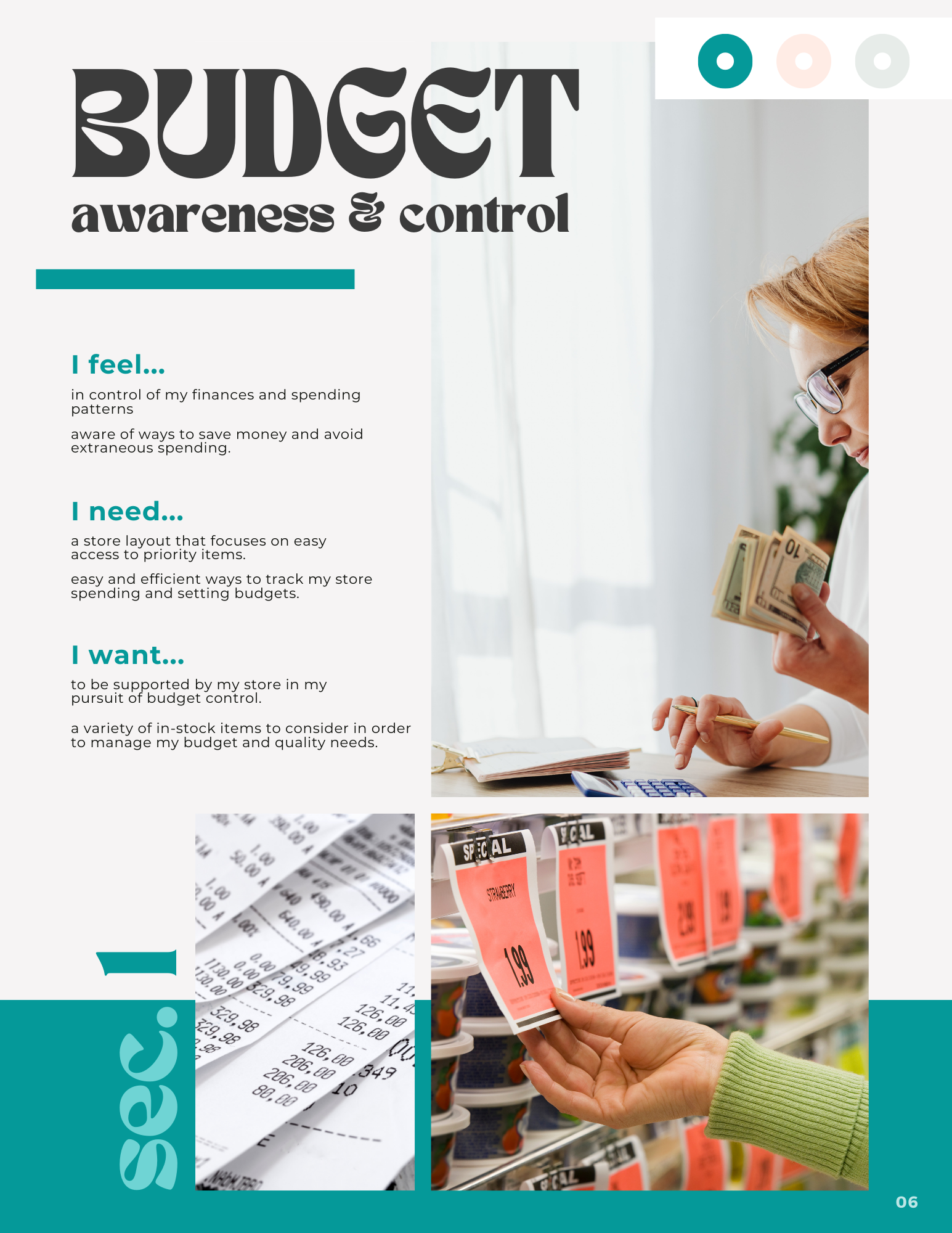

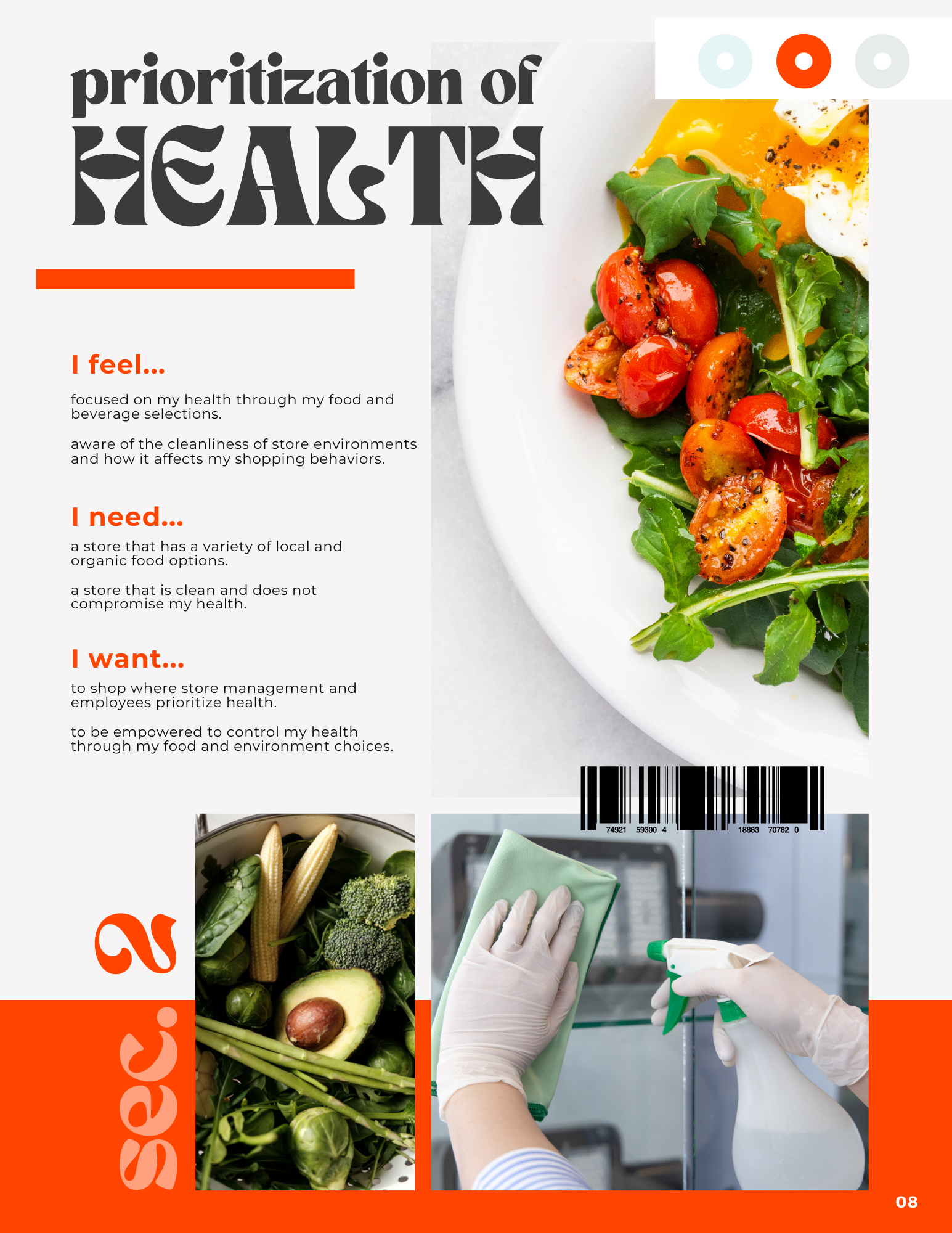


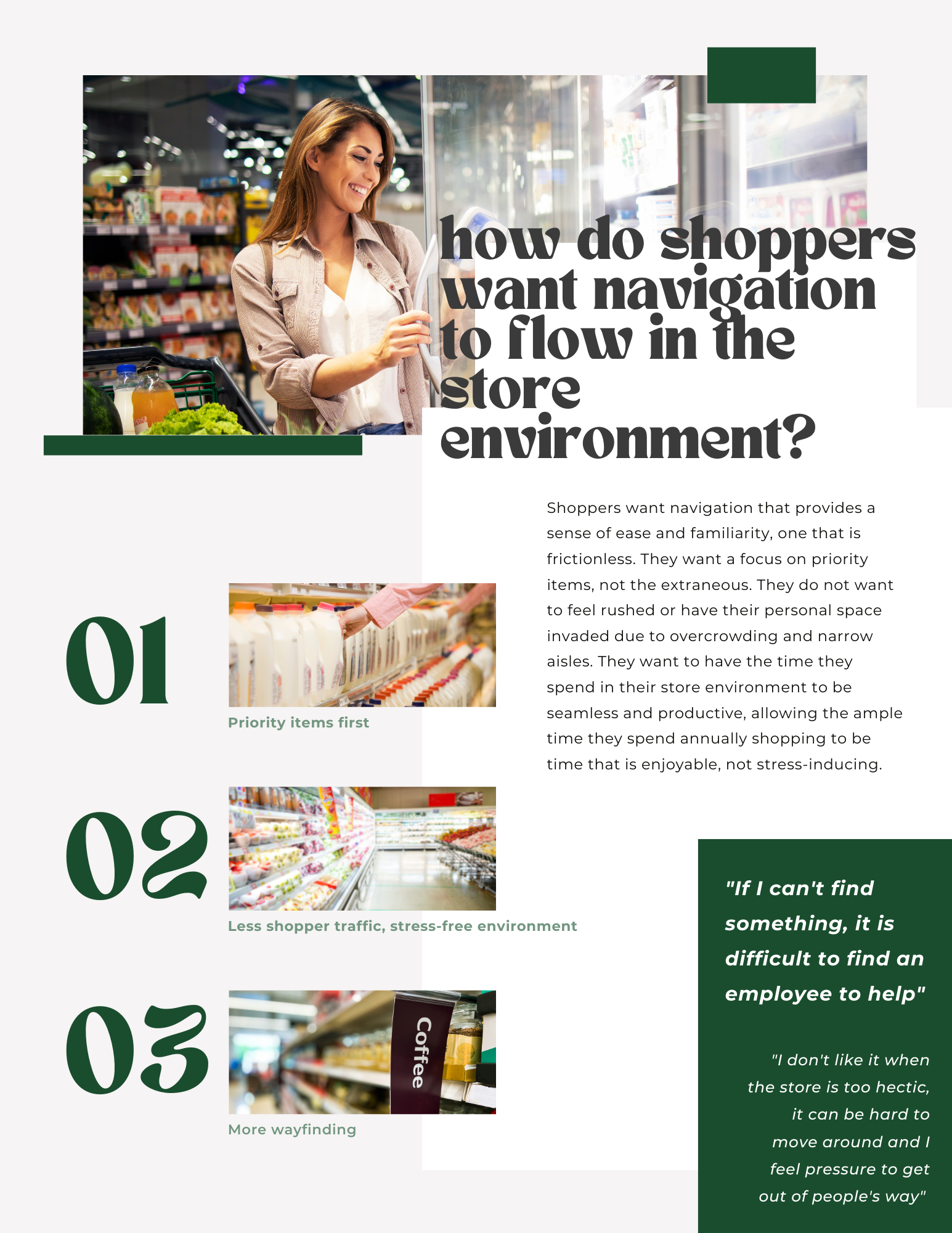
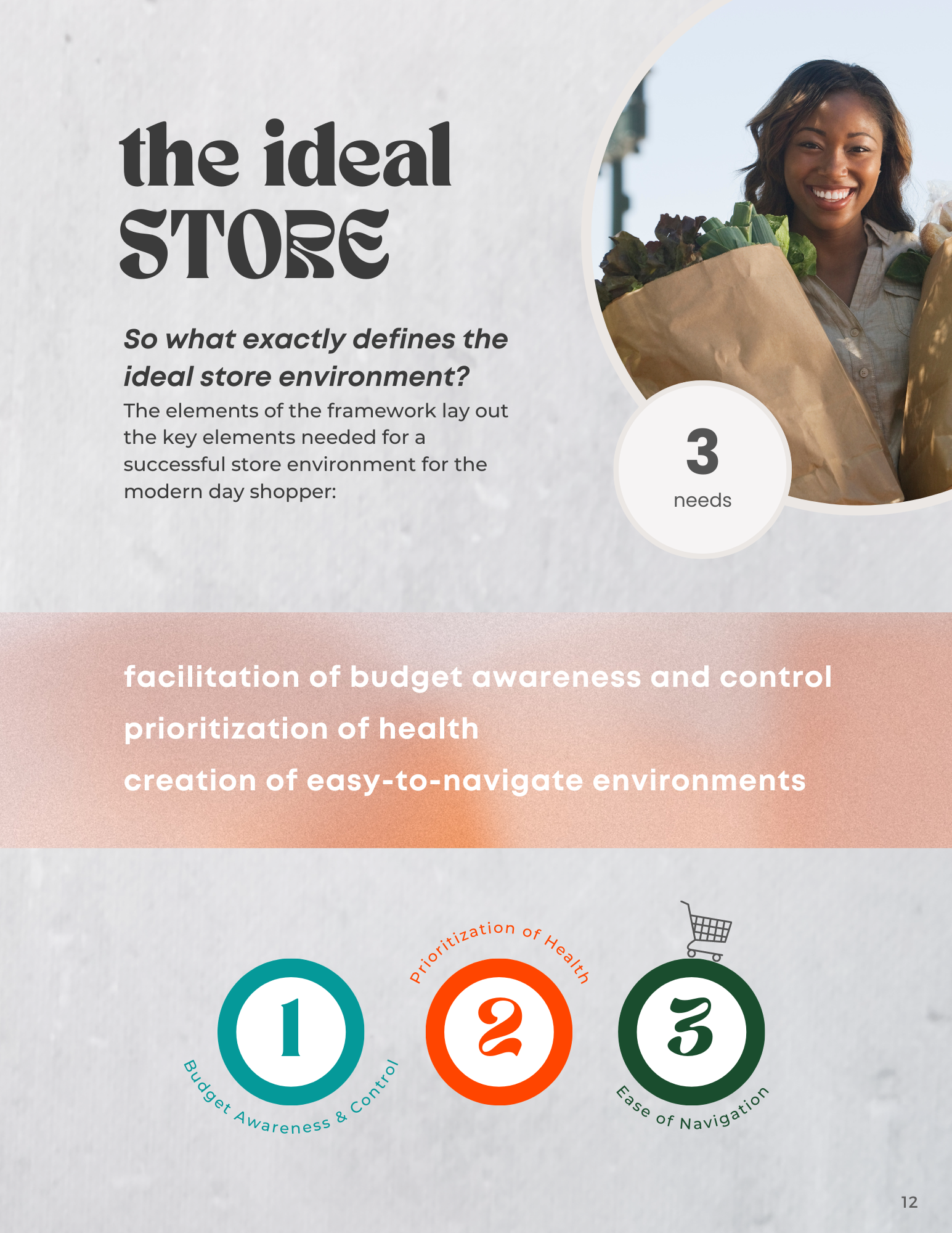

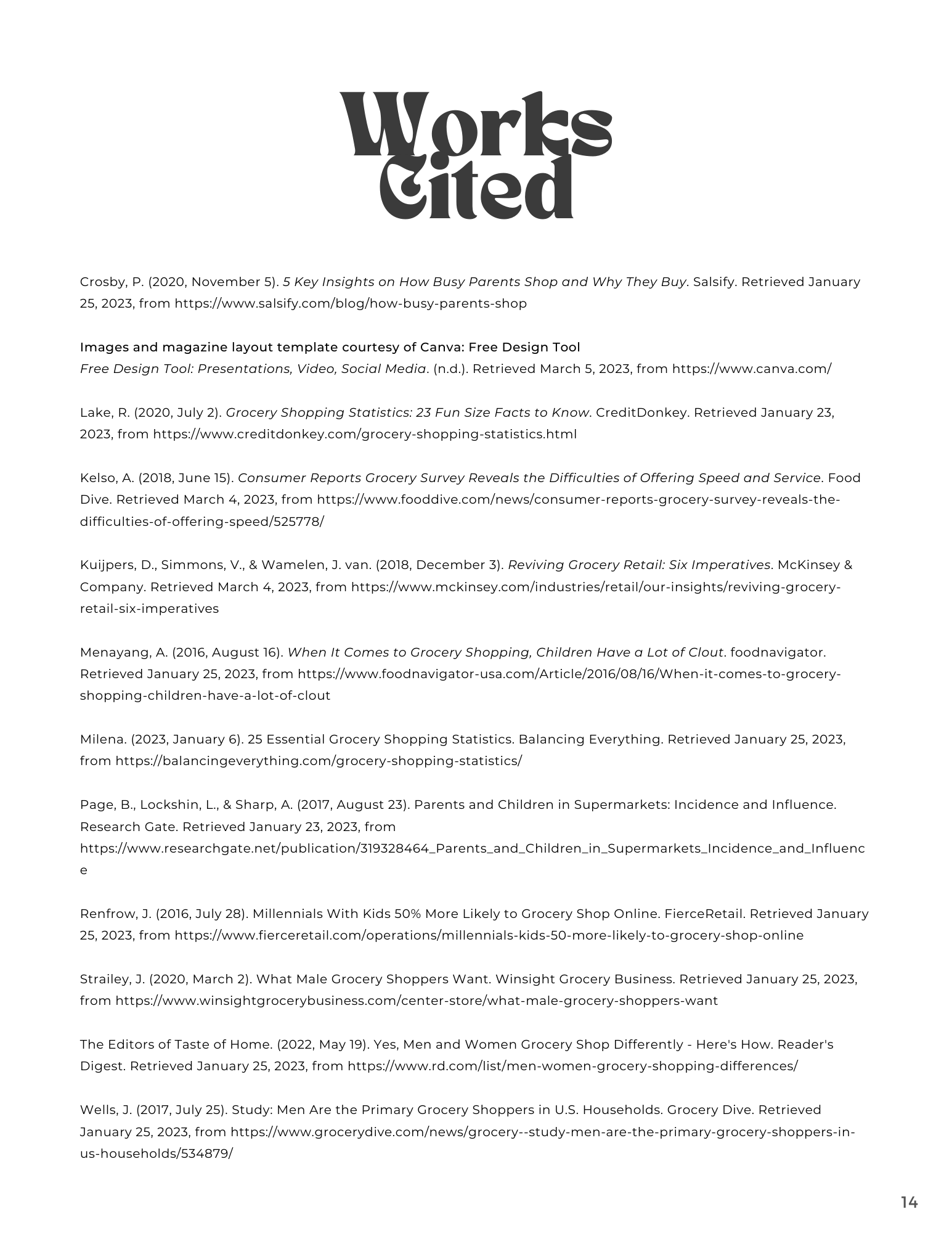
Next Steps (If I had more time)
1. Implementation: With this being a research-focused class, we didn't get to collaborate with real grocery stores on implementing solutions.
2. AI/VR: It would be interesting to dip into an exploration of how emerging technologies could further inform our proposed solutions and contribute to a more engaging, accessible experience within grocery stores.
Key Takeaways
1. Empathy: While conducting research, it is important to put yourself in the perspective of the user. This Lextant collaboration taught us a sensory cues method that helped understand how users think and feel about a grocery environment, and this really allowed us to look into the minds of our user group.
2. Visualizing Complex Information: With so many data points gathered throughout our research exploration, it was necessary to consolidate information into easy-to-digest visuals for progress presentations and final share-outs. We really got to experiment with different ways to show findings, and creating a magazine to wrap up our key insights was a fun and unique deliverable.

